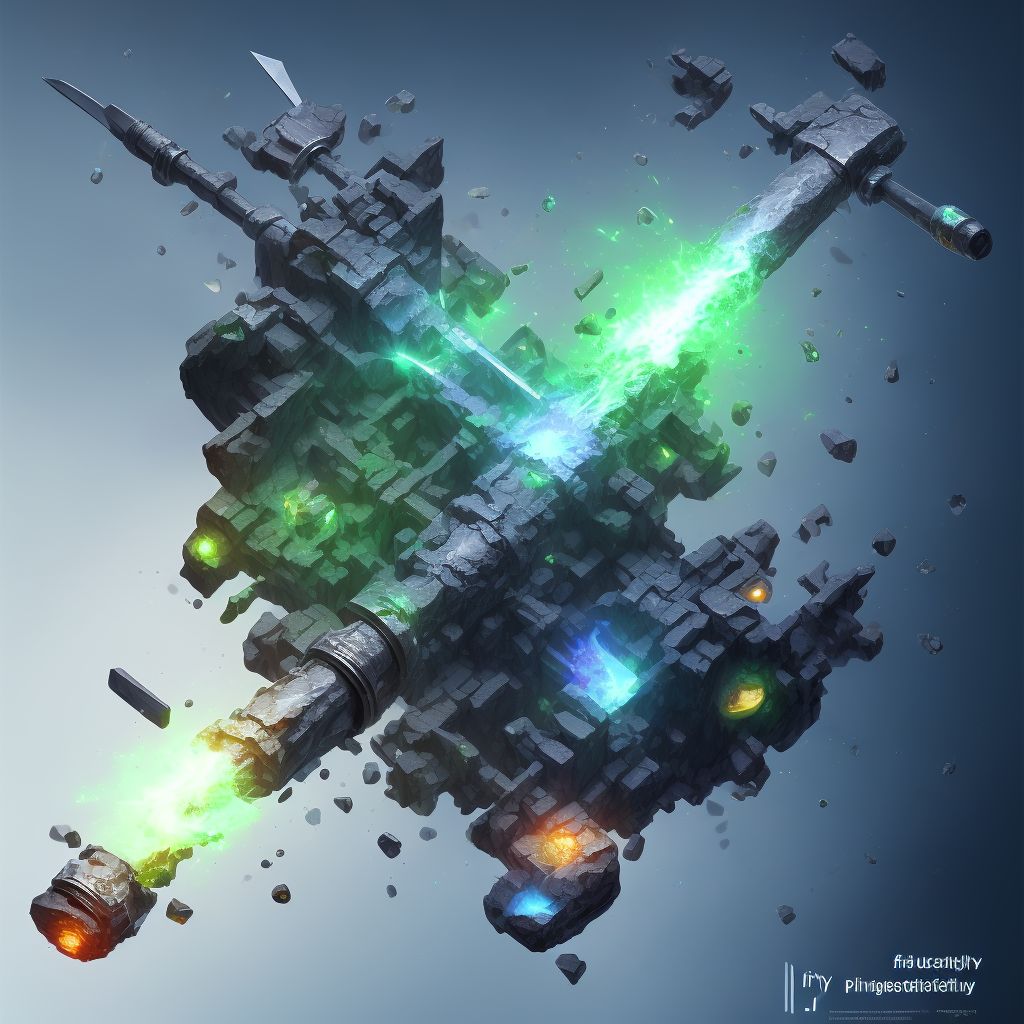
Nondisplaced comminuted fracture of shaft of right fibula, subsequent encounter for open fracture type IIIA, IIIB, or IIIC with delayed healing Save
ICD-10 code: S82.454J
Disease category: S82.454: Nondisplaced comminuted fracture of shaft of right fibula
Nondisplaced Comminuted Fracture of Shaft of Right Fibula: Understanding Subsequent Encounters and Delayed Healing
A nondisplaced comminuted fracture of the shaft of the right fibula is a complex injury that can result in delayed healing. In this article, we will explore subsequent encounters for open fracture types IIIA, IIIB, or IIIC and discuss the factors that contribute to delayed healing.
When a patient with a nondisplaced comminuted fracture of the shaft of the right fibula experiences delayed healing, it means that the bone is taking longer than expected to heal. This can be due to various factors, including the severity of the fracture, poor blood supply to the area, infection, or inadequate immobilization.
During subsequent encounters for open fracture types IIIA, IIIB, or IIIC, healthcare professionals closely monitor the progress of healing and take necessary measures to promote bone regeneration. These encounters involve regular check-ups, X-rays to assess the healing process, and adjustments to the treatment plan as required.
Delayed healing of a nondisplaced comminuted fracture can be frustrating for patients, as it prolongs the recovery period and may cause discomfort. However, it is important to understand that healing time can vary from person to person, and patience is key during this process.
Factors that can contribute to delayed healing include:
- Severity of the fracture: A more severe fracture may require additional time for the bone to heal.
- Poor blood supply: Insufficient blood flow to the injured area can impede the healing process.
- Infection: Infection can significantly delay the healing of a fracture and may require additional treatment.
- Inadequate immobilization: Proper immobilization, such as the use of a cast or brace, is crucial for the bone to heal correctly. Inadequate immobilization can hinder the healing process.
It is important for patients to follow the advice of their healthcare providers to ensure optimal healing. This may include taking prescribed medications, attending follow-up appointments, and adhering to any restrictions or recommendations regarding weight-bearing activities.
In conclusion, a nondisplaced comminuted fracture of the shaft of the right fibula can result in delayed healing. Subsequent encounters for open fracture types IIIA, IIIB, or IIIC involve close monitoring of the healing process. Factors such as the severity of the fracture, poor blood supply, infection, and inadequate immobilization can contribute to delayed healing. By following the guidance of healthcare professionals, patients can increase their chances of a successful recovery.
Treatment of Nondisplaced comminuted fracture of shaft of right fibula, subsequent encounter for open fracture type IIIA, IIIB, or IIIC with delayed healing:
Treatment Options for Nondisplaced Comminuted Fracture of Shaft of Right Fibula, Subsequent Encounter for Open Fracture Type IIIA, IIIB, or IIIC with Delayed Healing
Dealing with a nondisplaced comminuted fracture of the shaft of the right fibula can be a challenging and painful experience. In cases where the fracture has developed into an open fracture type IIIA, IIIB, or IIIC wit...
To see full information about treatment please Sign up or Log in